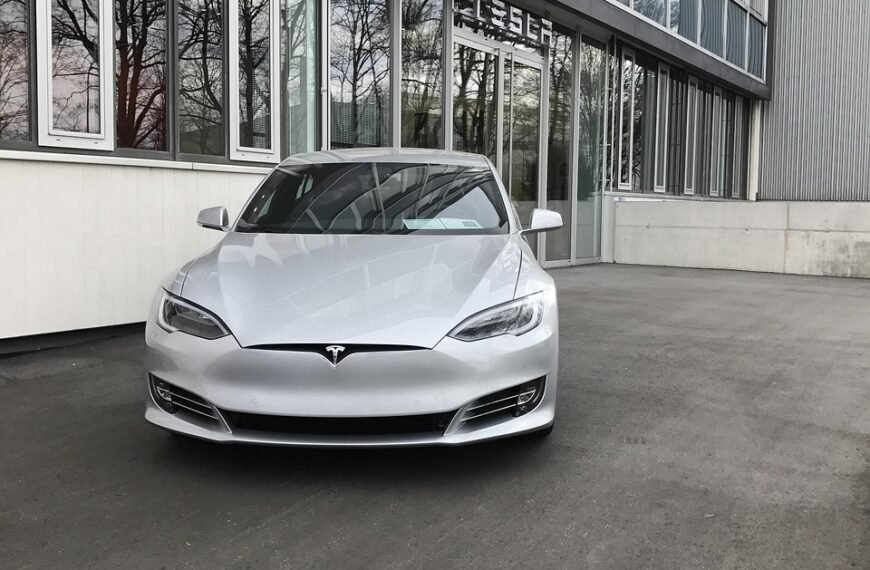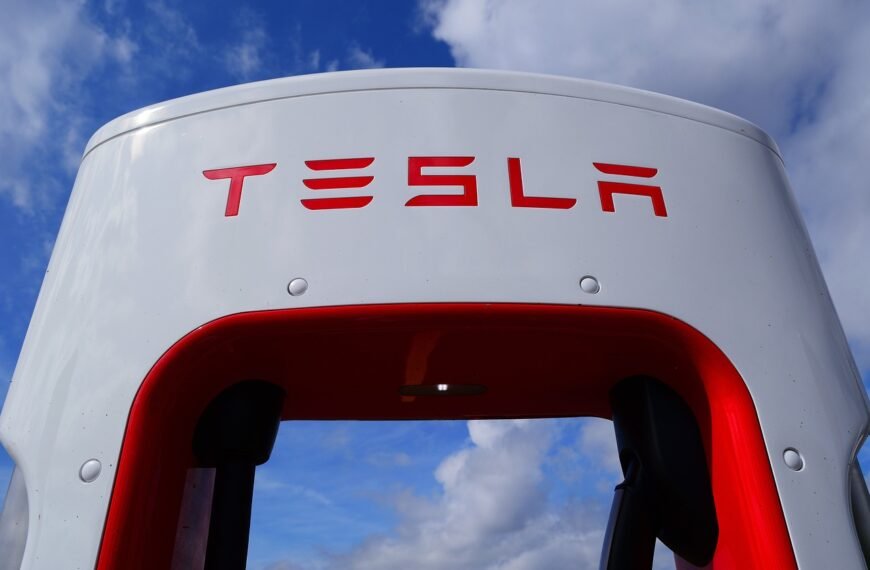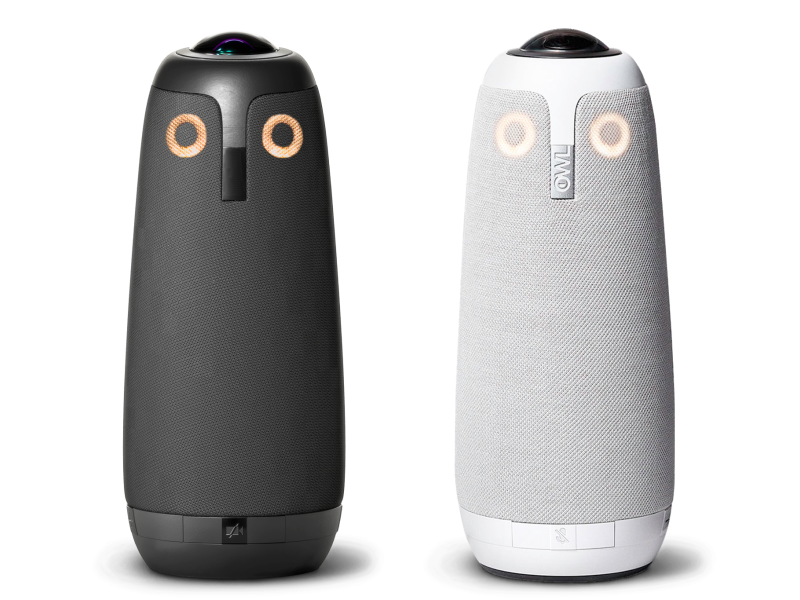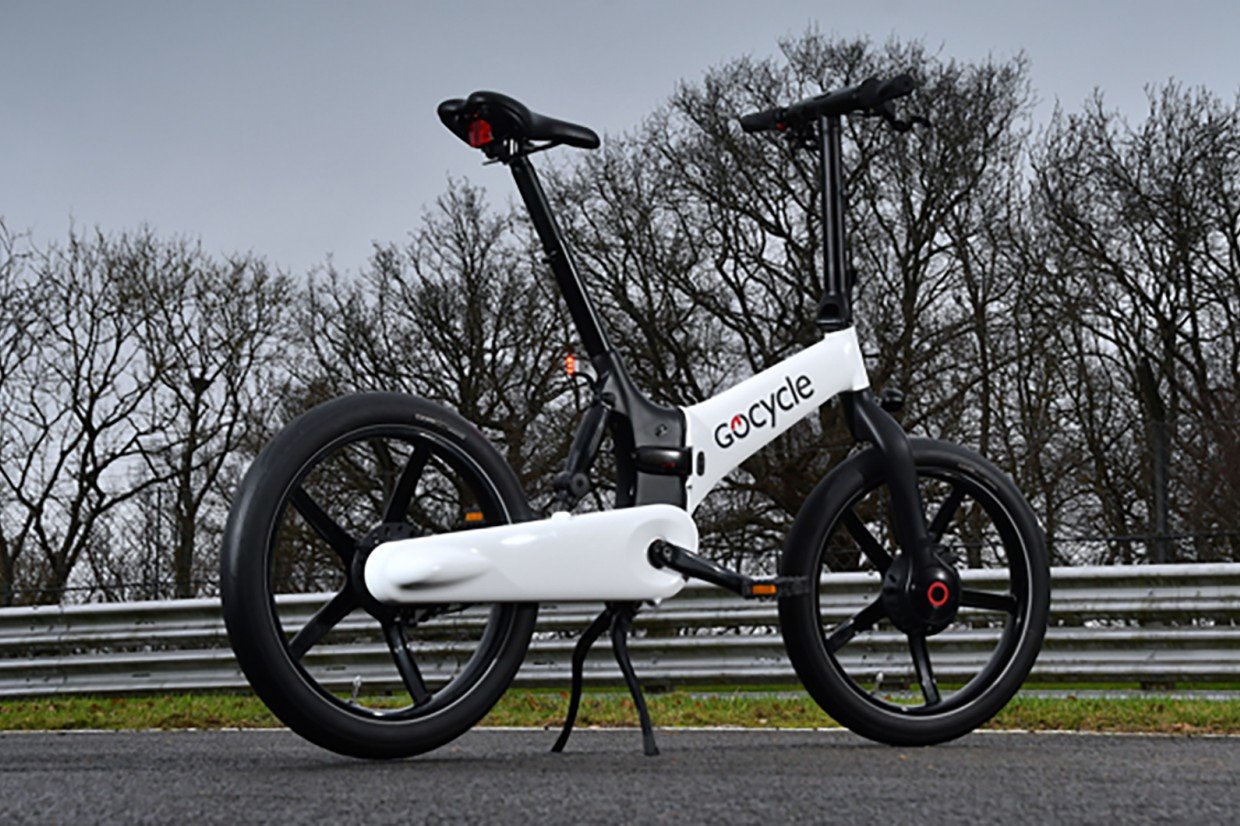The dream of silent, emission-free air travel is captivating, but a major hurdle stands in the way: the battery. While electric cars are becoming commonplace, electrifying the skies requires a fundamental breakthrough in technology that the industry is still racing to achieve.
The Current State of Electric Flight
Recent milestones show promise. Aircraft like Beta Technologies’ ‘Alia’ have completed cargo routes, demonstrating that short-haul electric flights are technically possible. These planes are designed for specific roles like training, medical transport, or small-scale cargo, with ranges typically under 250 miles. However, the only fully certified electric plane in Europe, the Pipistrel Velis Electro, is limited to training flights due to its 50-minute flight time, highlighting the severe range constraints.
The Core Challenge: Battery Weight and Energy
The primary obstacle is physics. Today’s best lithium-ion batteries are simply too heavy and bulky while storing far less energy per pound than traditional jet fuel. This low “energy density” means that to increase range, you need more batteries, which adds more weight, creating a cycle that severely limits how far an electric plane can fly. Experts agree that without a revolutionary leap in battery chemistry—something that hasn’t happened in over 20 years—fully electric commercial aviation for mass travel remains a distant goal.
The Hybrid Solution: A Stepping Stone
Facing this reality, many aerospace companies are pivoting to a more immediate solution: hybrid-electric planes. Much like hybrid cars bridged the gap to EVs, hybrid aircraft use a combination of batteries and conventional fuel. Start-ups like Heart Aerospace are developing planes that can take off and land on battery power for short routes but switch to fuel for longer distances or as a safety reserve. This approach reduces weight, extends range, and cuts emissions significantly without waiting for a battery miracle.
The Road Ahead
The future of aviation is likely to be a mix of technologies. While electric propulsion will play a role in short-hop journeys, other solutions like Sustainable Aviation Fuel (SAF) and hydrogen are also competing for dominance. Each must prove it is commercially viable and safe. The journey to decarbonize aviation is one of the biggest challenges in transportation, but the progress in hybrid technology offers a realistic and exciting path forward, making the dream of cleaner flight attainable sooner than we think.






















